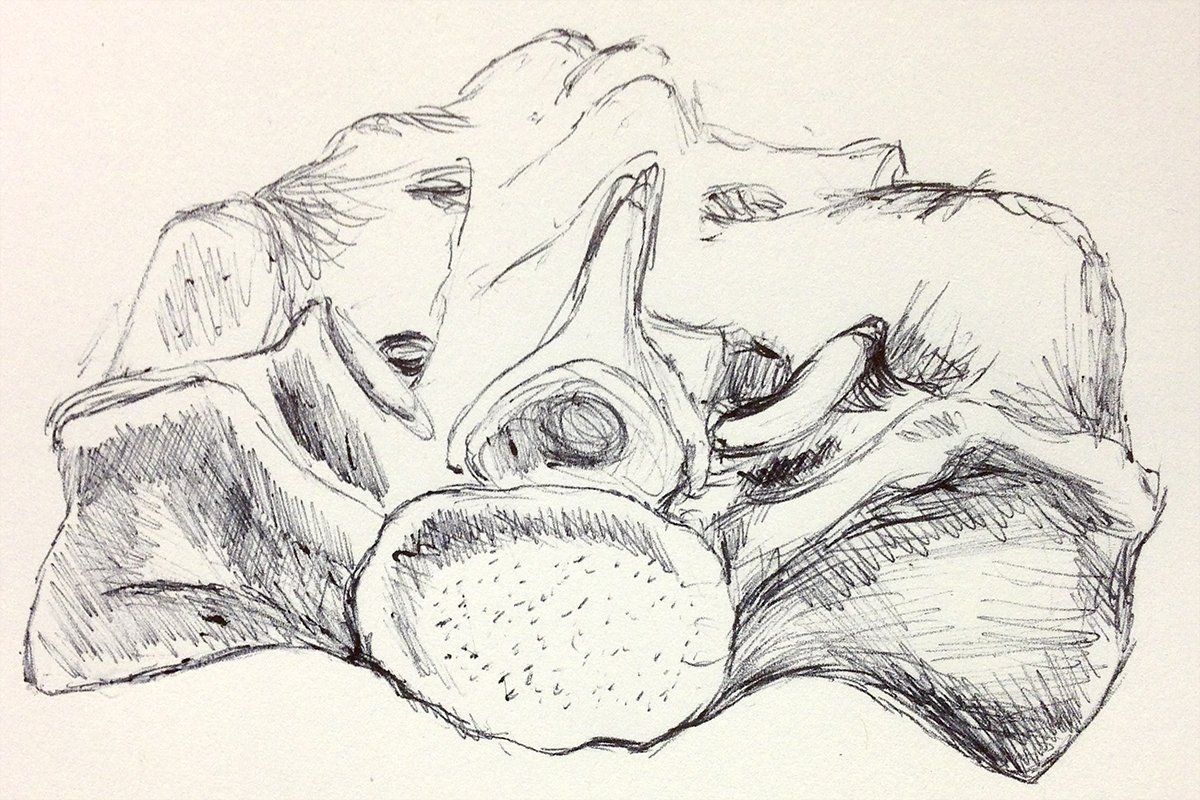2. Theoretical fore-structure: like sparks from a fire

Here I relate how I worked to identify a dynamic theoretical fore-structure and the ways I found it indispensable.
I always bridled at the concept of researcher “bias” - as though there could ever be a pure, unfiltered, unmediated way of establishing truths about the world! It might be because my first degree was in history, but I always had a struggle with the concept that the phenomena of the world are stable, objective and independently verifiable. My first encounters with phenomenology gave me the confidence to explore ontologies that counter the dominant tradition of post-Enlightenment positivism which underpins much of the “evidence” that justifies western medical practice. I will write more about this in the next blog, but for now, my focus is on the theoretical fore-structure.
Hubert Dreyfus and Hans-Georg Gadamer have written about their interpretation of Heidegger’s notion of the fore-structure, and the uses of this concept for hermeneutic philosophy. Briefly, the fore-structure is a product of our situatedness within a world of meaning. It is not only our researcher positionality, nor our “lens on the world”, and nor is it our subconscious beliefs and prejudices that we call “biases”. It is not only the cultural norms that structure our education, define our outlook and underpin our values. It is not merely the sum of all of the streams of thought and belief that construct our universe, nor the gestalt of our lived experience; and it is not the product of our reflexive self-examination. It is a combination of all of these facets of our comprehension of the world, and more besides: a philosophical reflexion. For me, it is Maurice Merleau-Ponty who describes the fore-structure most expressively; he represents the act of philosophical reflexion as
“step(ping) back to watch the forms of transcendence fly up like sparks from a fire; it slackens the intentional threads which attach us to the world and thus brings them to our notice”
It is Merleau-Ponty’s famous description that helps me to remember that - unlike its concrete-sounding name, we should view our fore-structure as a dynamic, evanescent and constantly re-creating stream of encountering with our ever-transforming world. “Intentional threads” is a metaphor for the content, style and trajectory of our active engagement – through active perception and perceptive action – with the phenomena of our world.
Keeping a reflexive journal is one way I found I could explore my fore-structure. Using the reflexive methods of Prof. Christopher Johns was another. I also found that my generous supervisors were happy to take the time to get into a dialogue with me, to help me to define my thoughts, attitudes, preconceptions and prejudices.
You might also like...




